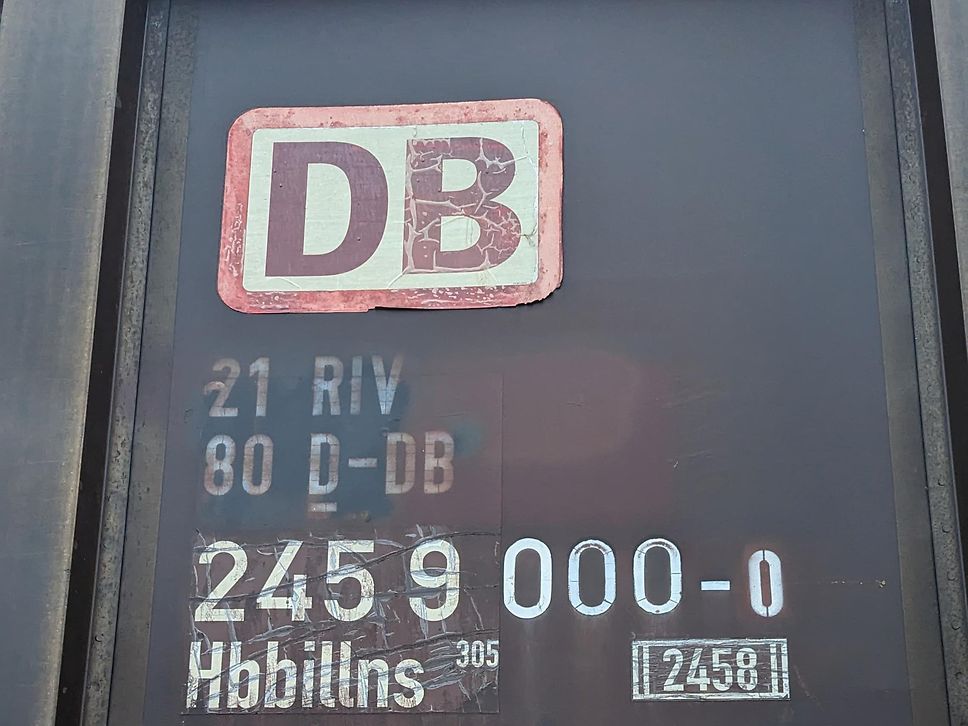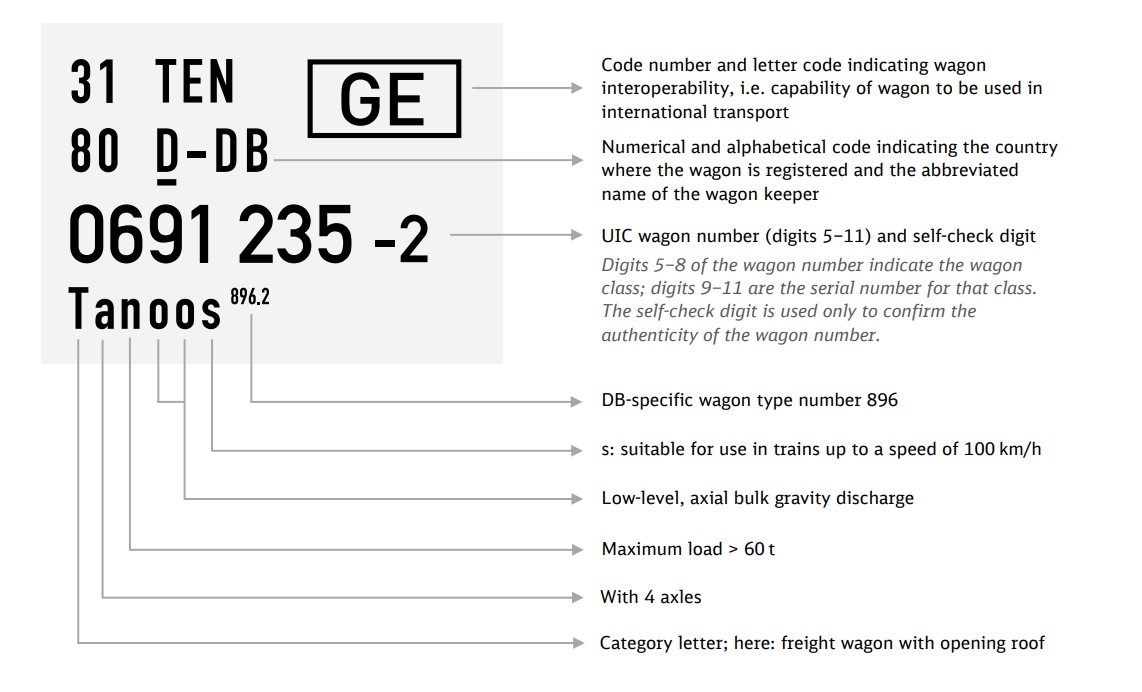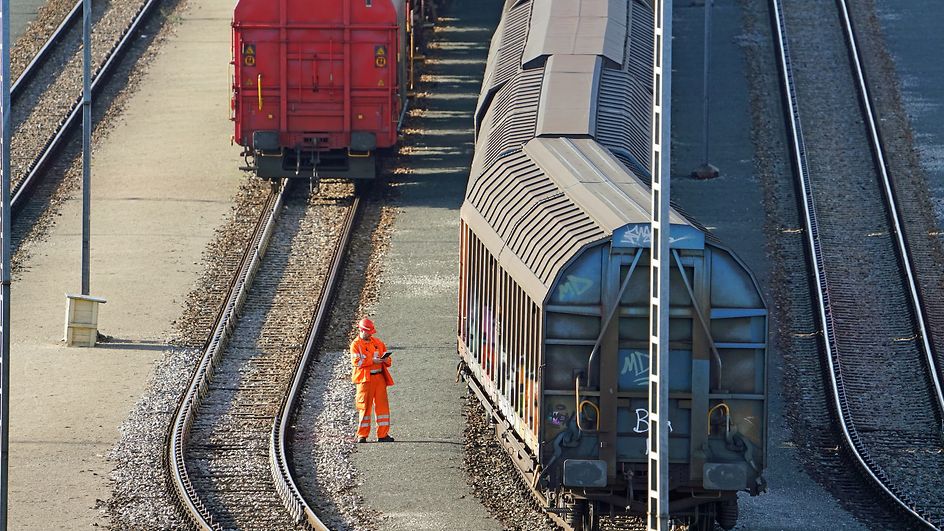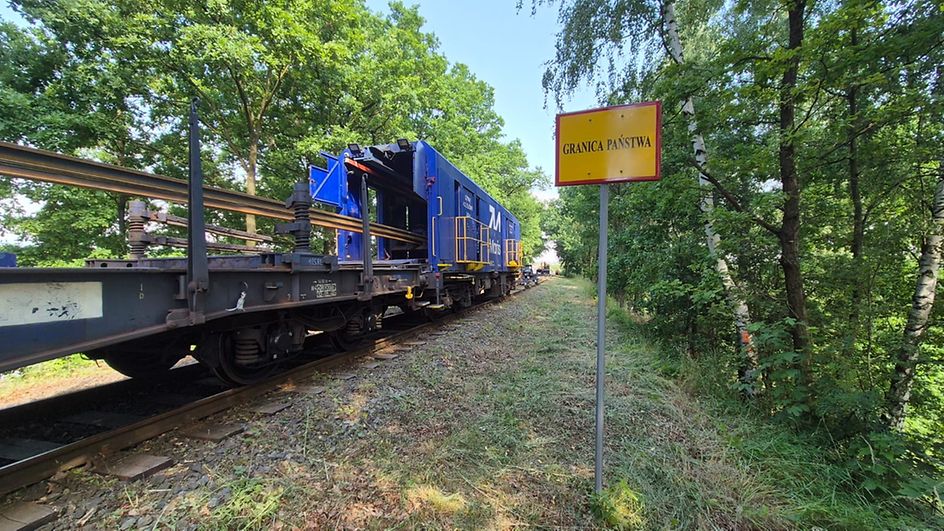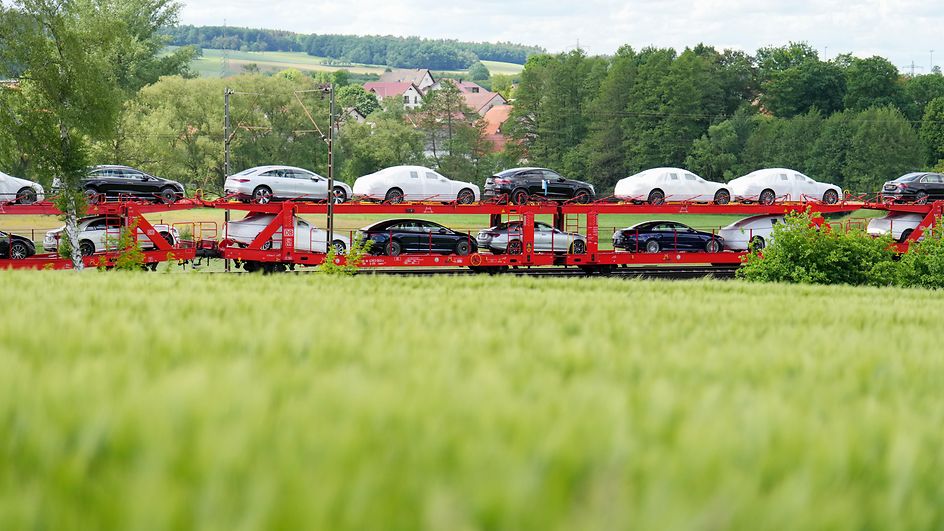Article: Expert view - Episode 1
Between inspection and detective work
As a wagon inspector, it's part of my daily routine not only to check the technical condition of the wagons, but also to compare their order with the data in the system. Most of the time this is routine - but every now and then the numbers on the sides of the wagons tell a story of their own.
One day in Seelze, a particularly striking number caught my eye: 2180 2459 000-0. For many, this would just be a series of digits. It was immediately clear to me that there was a real "nerd fact" behind it.
The code behind the digits
Anyone who can read UIC wagon numbers understands that each digit has a specific meaning:
• 21 - Interoperability in European rail transport• 80 - Country code Germany, registered with a German rail company (in this case DB Cargo)• 2 - Category letter "H" (closed freight car)• 459 - Code letters that encode details of the type (e.g. "Hbbillns")• 000 - serial number of the wagon• -0 - self-checking digit
The latter is determined using a fixed mathematical method:The first 11 digits are alternately multiplied by 2 and 1, the cross sums are formed, and the remainder to the next full ten gives the control digit. In this case: 0.
Why this number is special
The serial number 000 means: first wagon of its type - in this case the forefather of the Hbbillns type 305. The fact that the calculated self-control digit is also 0 makes the whole thing rare. Almost as rare as a six in the lottery.
For us experts, this is not just a nice side note - it also shows how long a carriage can remain reliable in service if it is regularly checked and maintained.
More than just steel and wheels
This "first of its kind" has been travelling across Europe for years, contributing to sustainable transport chains on a daily basis and is part of a system that reliably moves millions of tonnes of goods. For me as a wagon inspector, that's what makes the job so appealing: Understanding technology, recognising details and finding a piece of railway history in everyday life.
About the author
Matthias Maage is a wagon inspector in rail freight transport at DB Cargo's Seelze site. After graduating from high school, he discovered his passion for large machines in Australia, completed an apprenticeship as an agricultural machinery mechatronics technician and then switched to the railway sector as a career changer.
As a #Trainfluencer, he shares insights into his day-to-day work, inspiring both experts and rail fans alike.
